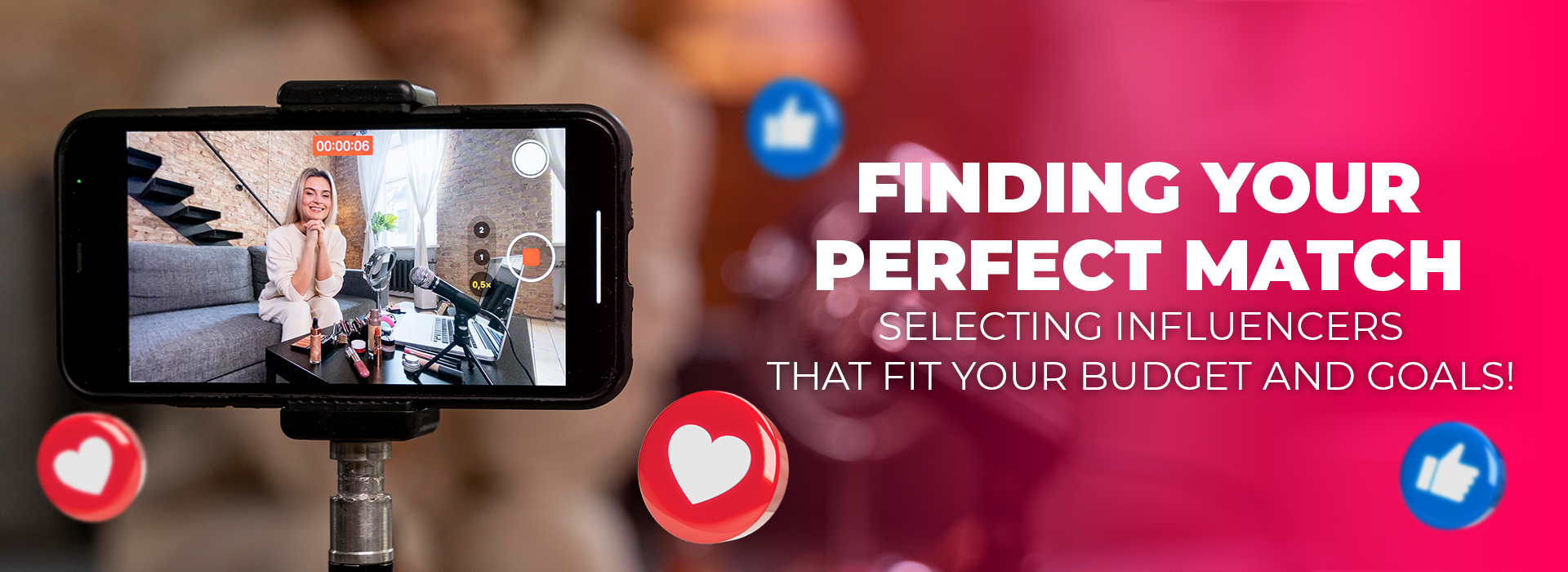In the ever-evolving world of social media, influencers are your brand’s BFFs. According to a recent survey, a whopping 80% of marketers see influencers as essential. But here’s the kicker: many still struggle to measure ROI due to the complexities involved.
Take the fashion industry, for example, where engagement rates on TikTok (2.26%) outshine other platforms. Food and drink brands thrive on Instagram with a 2% engagement rate, despite an average of just 1.19% elsewhere. These nuances make influencer pricing a tricky beast to tame.
To navigate this, consider different types of partnerships: sponsored content, affiliate deals, takeovers, competitions, or long-term brand ambassadorships. Each type has its own pricing dynamics.
Platform choice also matters. Instagram and TikTok are popular among influencers for their engagement potential, while Facebook and YouTube offer unique opportunities for different types of content and audiences.
Key factors influencing costs include influencer size, content type, campaign timeline, exclusivity, pricing models, campaign length, and multi-channel posting.
Remember, successful influencer marketing is about clear goals, finding the right influencers, refining your value proposition, calculating ROI, managing operational costs, setting schedules, and tracking metrics. With the right approach, you can optimize your influencer budget and maximize your campaign’s impact.




